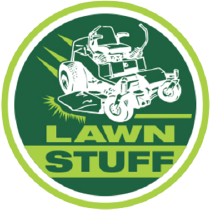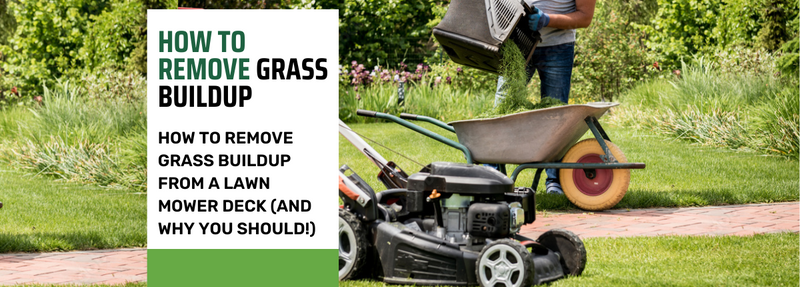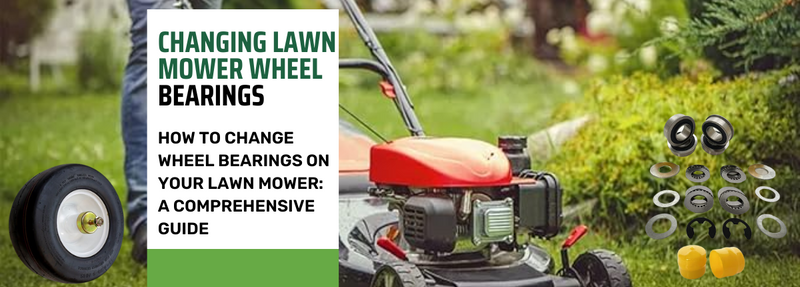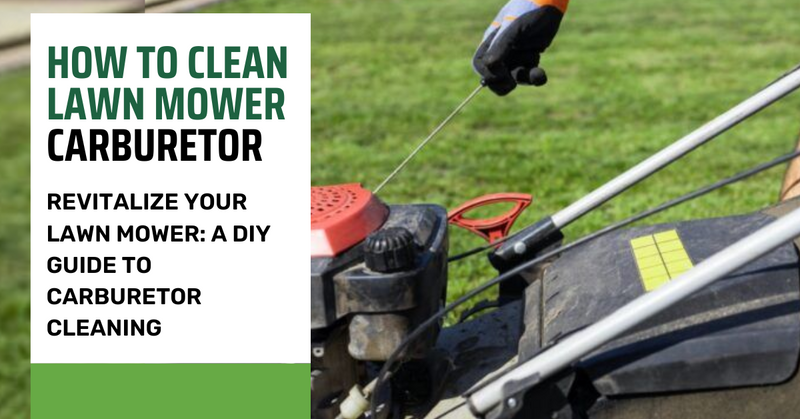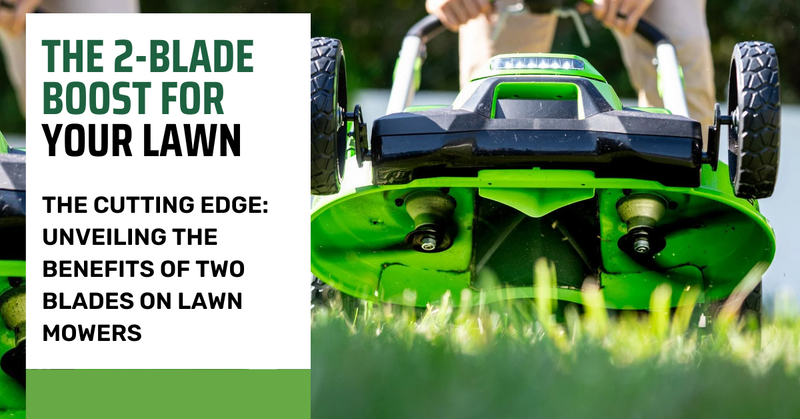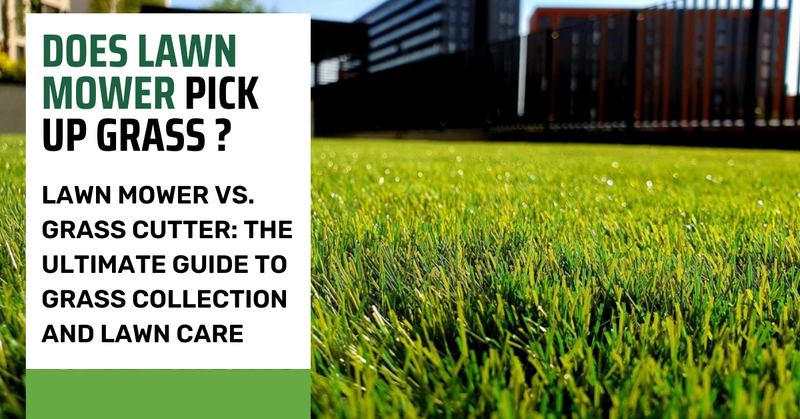

1. What is clover lawn?
A clover lawn is a lawn that is either made up fully of clover or uses a mixture of clover and lawn grass as ground cover. Clover has little white flowers and bounteous broad leaves that cover the ground similar to how grass would. It is technically a legume which means that it grips nitrogen in the atmosphere and releases it to nearby plants, helping your green lawn to stay green.

2. Here is what you should consider:
1. Clover protects your soil
Beyond nitrogen fixing, there are many ways hardworking clover can protect and improve your soil.
When used as a green manure or cover crop, decomposing clover adds big amounts of organic matter to the soil, contributing to fit texture, moisture-holding features, and soil nutrients.
Clovers produce a mixture of fibrous roots and tap roots that help aerate the soil and better friability, the loose texture of soils. Clover powerful root system and dense groundcover will also suppress the growth of weeds, decreasing the need for herbicides.
Like all groundcovers, clovers can save soil from water and wind erosion. Clover can act as a living mulch, stop evaporation to keep soil moist, and blocking hot sun to keep soil chill.
2. Clover is beautiful & versatile
You can plant clover just about any place. Most species thrive in full fun, while others can tolerate part shade. Certain varieties of clover reach towering heights, contributing to a meadow-like appearance, while others maintain a low profile, creating the traditional aesthetic of a well-manicured lawn.
Clover plants with extended blooming periods typically showcase their vibrant blooms from spring all the way through fall. These blooms come in a diverse palette, ranging from the classic white clover to shades of pink and deep crimson.. You can combine clover into a wildflower meadow, sow clover as a cover crop in your vegetable and fruit gardens or sow lawn seed with clover.
3. Clover lawns don’t need pesticides or herbicides
Due to its powerful roots and quick growth, white clover smothers weeds, so herbicides are unnecessary in a clover lawn. Actually, herbicides should be avoided it will harm the clover.
Applying pesticides to clover is not suggested out of caution since it attracts wildlife like rabbits and advantage insects like pollinators.
Additional, broad-spectrum herbicides and pesticides, mainly synthetic varieties, have been linked to animal and human toxicity, as well as damage to water supplies and local ecosystems.
4. Clover lawn is drought-tolerant
Clover is evergreen or semi-evergreen depending on the area, and it generally does best in full sun to partial shade. On the other hand, some turfgrasses scorch and blisters in the warm sun, and others become lanky in partial shade.
If the plants are given sufficient room to grow, white clover can serve as a drought-tolerant ground cover.
This is the biggest reason why mixing clover with grass works so well. Clover provides shade to the soil, lowering water evaporation and helping grass in surviving droughts.
5. Clover seeds are affordable
On average, white lawn clover seeds costs $4 per pound. This means that seeding an area of 1,000 square feet may cost you only $1.
When you cost that clover does not need much in the way of mowing, watering or post control, clover seed for lawns can be an affordable option that many other types of grass.
6. In areas with heavy foot traffic, clover lawn is not suitable
By itself, clover does not hold up well to repeated or very heavy traffic, or playing fields. Anyway, when blended with turfgrass, it can make a powerful lawn and take occasional heavy traffic. If you have white clover ground cover, it can emerge patchy and bare in heavily traveled areas.
One of clovers few downsides is that it stains clothing more than turf. Another issue is that it is a short-lived perennial, and as such, may need reseeding every two to three years.
7. Clover lawns increase erosion control
Core aeration is best for turf, but it takes time to perform it yourself or costs a lot if you hire a lawn care firm. Since clover is living mulch, it supplies nutrients to the soil and helps it to grow.
Clover roots decompose and add macropores in the soil. This attracts earthworms, which keeps the soil loose.
3. How to plant a clover lawn
It is very beneficial to know how to plant clover, mainly since you might have to replant it every two to three years.
Begin in early spring (mid-March to mid-April) to permit seed clover in lawn time to get established before cold weather arrives. Follow these easy steps on how to grow a clover lawn:
- If you want an all-clover yard, get rid of grass in your lawn to remove competition. If you would like a mixed lawn, seed the clover lawn over the top of the grass.
- Rake or scratch the region where you want to plant.
- Sow clover seed in your lawn roughly six to eight ounces per 1,000 square feet. The seeds are little, so do your best to maintain this level of distribution across your lawn.
- Water mist or lightly the soil after seeding and regularly until the clover establishes itself.
- Do not fertilize your clover lawn, as it is unnecessary.
4. What are the advantages of clover lawn in a yard?

- Clover stays green longer than grass: Grass looks best in early summer and spring, while clover will stay green early spring to the other reasons.
- Clover is affordable: You can purchase clover lawn seed from your local supply or plant or hardware store for under $20.
- Clover requires less mowing: Clover does not grow extremely tall, which means less frequent mowing during the hot weather months.
- Clover is a natural fertilizer: Clover is known as natural nitrogen-fixer, which means it injects nitrogen into the soil as it grows.
- Clover attracts favorable inserts: The bee population is threatened around the planet, and without bees, lots of other parts of the food chain could be disrupted. Clover lawn provides a friendly, safe atmosphere for bees of all kinds, and butterflies as well.
5. How to get rid of clover in lawn
Removing your clover naturally means practicing natural landscaping and picking the most atmosphere friendly solutions to make a healthy lawn. You might pick natural weed killer or organic fertilizer, for example, or you may go for pull your weeds with a trowel.
- Cover the clover with a garbage bag
- Weed out clover by hand
- Spread mulch where clover has taken out
- Mow your lawn higher than three inches
- Kill clover plants with natural herbicide
- Fertilize your lawn with Ammonium Sulfate
6. How do you keep clover from coming back?
The excellent way to keep clover from coming back is to plant new grass. You can either hire a team of experts to scatter grass seed or sod your yard, cover it with mulch, and water it regularly.
FAQ's
1. How do I establish and maintain a clover lawn?
To establish a clover lawn, mix clover seeds with soil and water regularly. Mow less frequently, as clover thrives at taller heights. It requires minimal fertilizer and is naturally pest-resistant, making maintenance straightforward.
2. Are there different types of clover suitable for lawns?
Yes, white clover is the most common for lawns, but red and alsike clover are also options. Each type has unique characteristics, so choosing the right one depends on your climate, soil, and aesthetic preferences.
3. Can a clover lawn withstand foot traffic and play activities?
Absolutely. Clover lawns are surprisingly durable. White clover, in particular, can withstand moderate foot traffic and even has a cushiony feel underfoot, making it an excellent choice for family-friendly lawns.
4. Is a clover lawn suitable for all climates?
Generally, yes. Clover is adaptable to various climates, but certain types may perform better in specific regions. Consult with local garden experts or nurseries to determine the most suitable clover variety for your climate.
5. Can I transition my existing lawn to a clover lawn?
A: Yes, you can transition an existing lawn to a clover lawn. Overseed with clover seeds in the fall or spring for optimal results. It's a gradual process, and over time, the clover will naturally establish itself alongside your existing grass.
